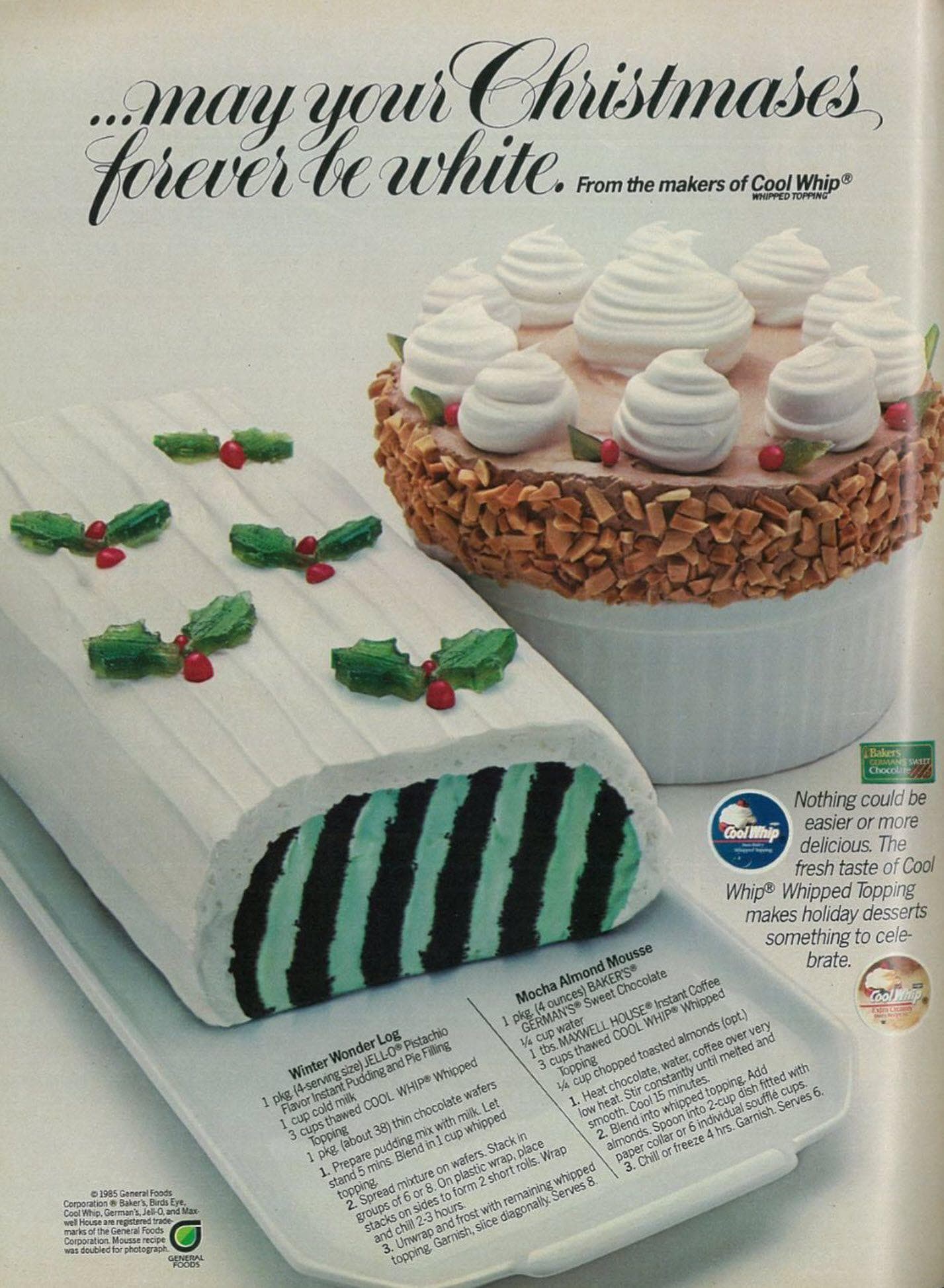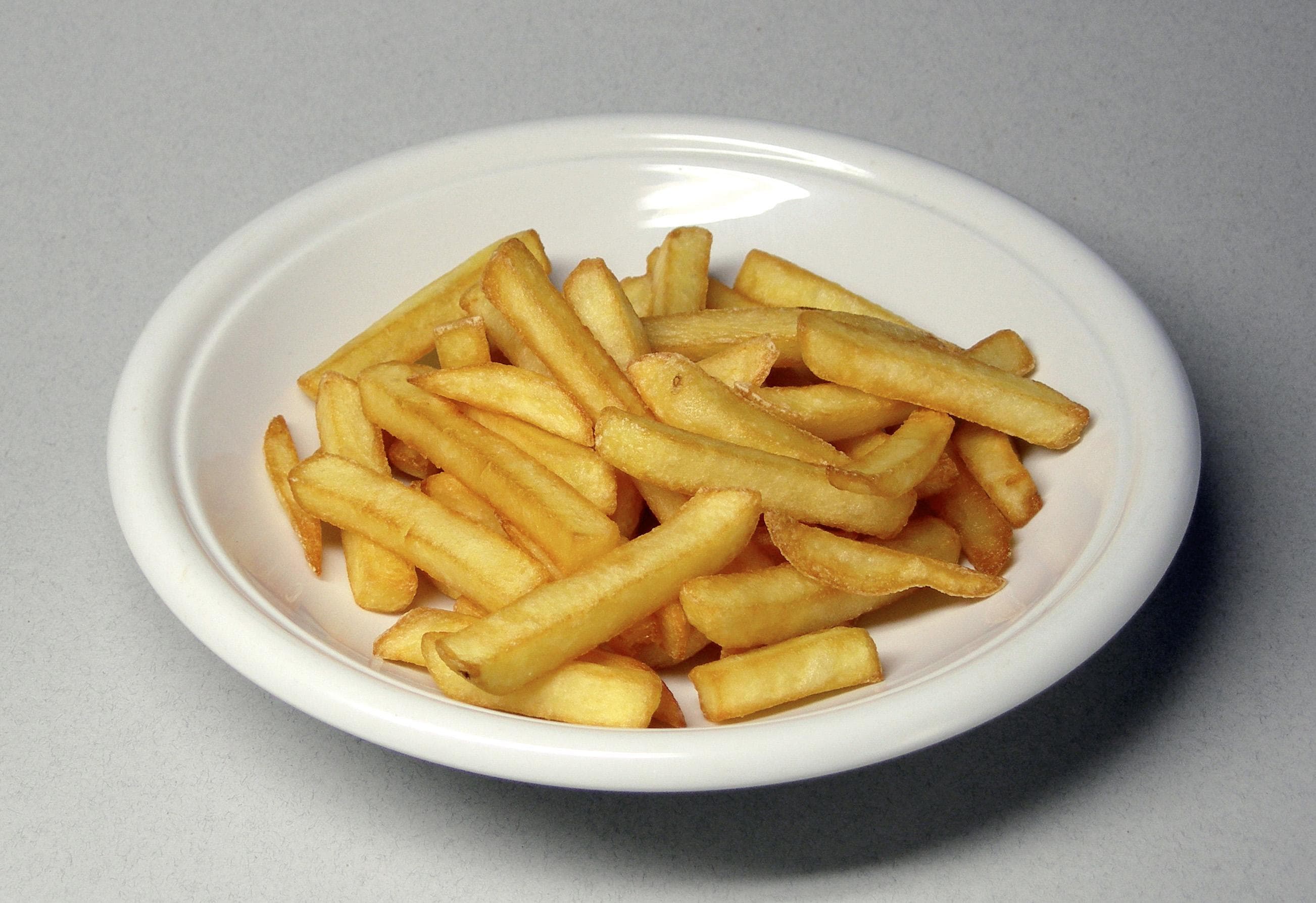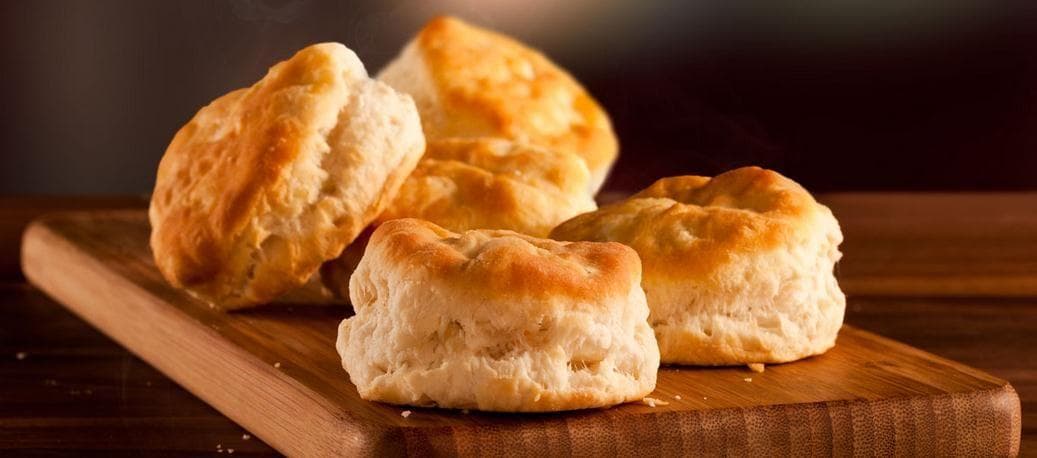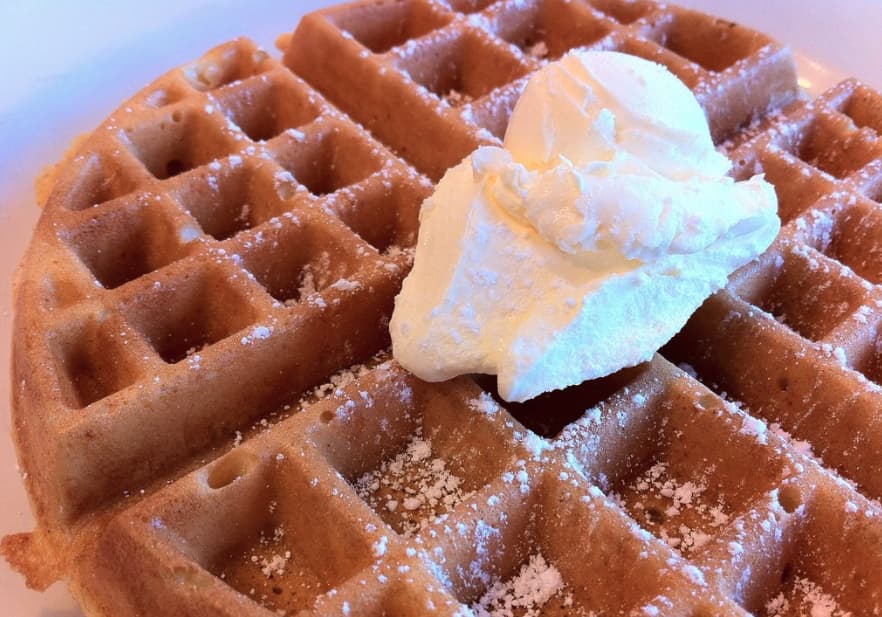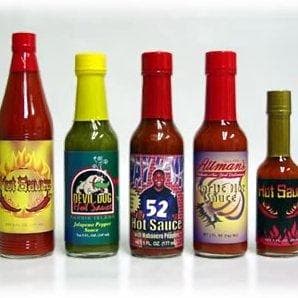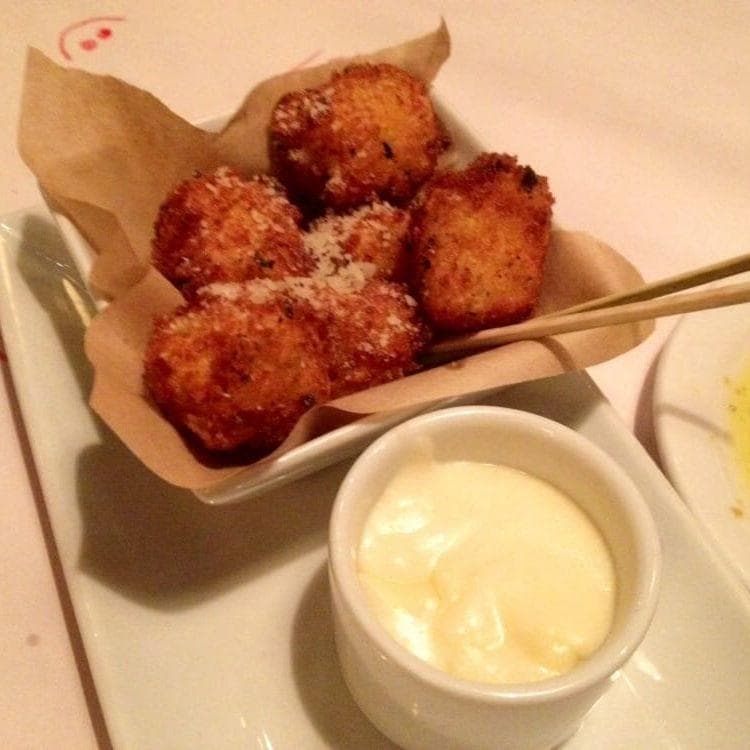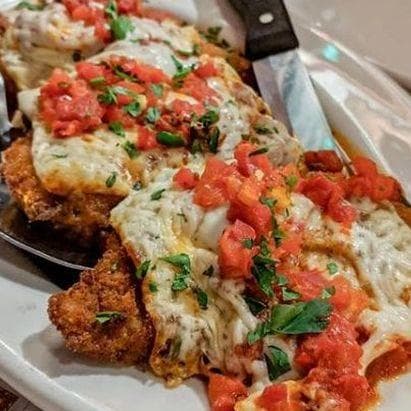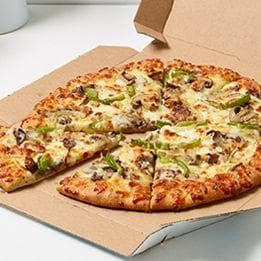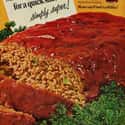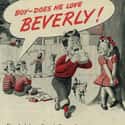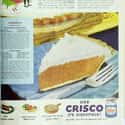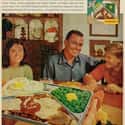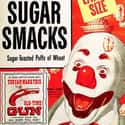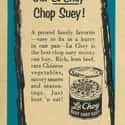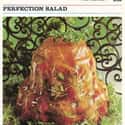(#1) Meatloaf Was The Quintessential American Dish
Although the dish dates back to 5th-century Europe, meatloaf was introduced to the US as a breakfast food in the 1870s. It took another two decades to gain a foothold in American cuisine as industrial-scale meatpacking became more commonplace. During the Depression and WWII, the meal allowed American families to make the most of whatever meat they had by mixing in breadcrumbs or cereal and eggs.
After WWII, meatloaf exploded as a family favorite across the country, so much so that there were 70 different recipes for the dish in Doyne Nickerson's book 365 Ways to Cook Hamburger. American moms everywhere made meatloaf to stretch the family food budget, and families enjoyed the hearty, ketchup-covered dish. Today, some restaurants feature meatloaf as a nostalgia trip for those who miss this long-established comfort food.
(#2) Kids Lived On Peanut Butter and Jelly
If you grew up in the '50s or '60s, chances are you ate peanut butter and jelly sandwiches pretty regularly. While the combination has been around since the dawn of the 20th century, the sandwich became increasingly popular during WWII when it was featured on ration menus. When servicemen came home to their families, they brought the sandwich with them and passed it down to their kids. From there, its popularity only increased.
In its heyday, the sandwich was eaten in the home, the workplace, school cafeterias, and campgrounds. Peanut butter and jelly sandwiches were perfect for a post-WWII America in which women were breaking social expectations and entering the workforce: PB&Js were easy to prepare and connected generations.
(#3) Flaky Baked Goods Were Created With Crisco
Crisco shortening was in every pantry in the 1950s. Proctor and Gamble introduced it in 1911 as a healthy alternative to lard. It was made from partially hydrogenated cottonseed oil, which made pastries flakier and fried foods crispier.
During the middle of the 20th century, Crisco became increasingly popular as an alternative to other fats. By around 1950, health advocates began warning of the dangers of saturated fats; concerned for their health, many families switched to Crisco. This trend, however, reversed in the 1990s when studies showed that trans fats were actually worse for you. Crisco is still on store shelves today, but has a different formula than it did in the 1950s.
(#4) TV Dinners Became Prevalent When Televisions Were Introduced Into Every Home
In 1949, brothers Albert and Meyer Bernstein created the company Frozen Dinners, Inc., and began serving full dinners on aluminum trays in the Pittsburgh area. These quick meals immediately took off. Within a year, the company had sold more than 400,000 frozen dinners. Within five years, the brothers had changed the name of their business to the Quaker State Food Corporation and had sold more than 2.5 million dinners.
It wasn't until 1953, when Swanson began selling and advertising its own prepackaged dinners, that the frozen meal became known as the "TV dinner" and became one of the most defining meals of the 1950s. Swanson sold 25 million TV dinners in 1954 alone. The meals appealed to families because they were convenient, cheap, and delicious. Of course, it didn't hurt that television was becoming the next big thing at the same time, and TV dinners allowed families to eat while watching their favorite shows.
(#5) The Casserole Was King
Casseroles were convenient dishes that showcased the ingenuity of post-WWII American society. They were easy to prepare, cheap, and filling for everyone in the family. Gone were the days of making meals from scratch. With advancements in food technology, homemakers could now throw creamed soup, noodles, and additions like tuna and celery into a pan and bake it for less than hour to make that evening's dinner.
In the 1950s, the casserole reached a new level of popularity as brands promoted their foods by offering easy recipes that anyone - even those without superior culinary skills - could make.
(#6) Families Made Cereal The Number One Breakfast Food
The popularity of cereal has waned in recent years; however, in the 1950s, packaged cereal was an everyday staple for most families. Breakfast cereal was first marketed as a health food around the turn of the 20th century.
However, by around 1910, companies found they could successfully entice children by including a prize in every box. By the 1950s, TV ads for cereal were largely focused on children. Animated mascots like Tony the Tiger, the Trix rabbit, and the Sugar Crisp bears - Handy, Dandy and Candy - convinced kids to request their favorite cereals.
After WWII, cereals were sold pre-sweetened; mothers no longer had to spend time sugaring their children's cereal. Parents found the food convenient, and kids were hooked on the taste.
(#7) Spam Cemented Its Status As An American Staple With The 'Hormel Girls'
Spam, which takes its name from "spiced ham," hit store shelves in 1937 and was an instant hit with consumers. Made with pork shoulder, ham, salt, water, sugar, and sodium nitrite, the Hormel Foods creation was meat that didn't need refrigeration.
Hormel's marketing resonated with consumers as much as the product did and featured some of the earliest "interactive" campaigns, including a contest to name the product and submit to a Spam recipe book. Spam was also easy for American forces to eat on the front lines, and they introduced it to new countries as they traveled.
After WWII, Spam came back to American dinner tables and was even more popular than before. A musical group of female WWII vets called the Hormel Girls touted the product during peacetime with their hit radio show. During those years, Spam sales went through the roof. Hormel has since sold over 8 billion cans of Spam in 44 counties.
(#8) Wonder Bread Was The Consumer's Bread Of Choice In The 1950s
The Taggart Baking Company marketed Wonder Bread as an economical and nutritious product starting in 1921. In the 1950s, this bleached, sugar-laden, 1.5-pound loaf was the first pre-sliced bread on store shelves. It was hugely popular with consumers. During the 1950s and '60s, the average American consumed a loaf per week and got almost 30 percent of their daily caloric intake from it.
In the '80s, Wonder Bread's reign in the American kitchen was challenged as consumers turned to more artisanal breads. Wonder Bread is still on store shelves but isn't nearly as popular as wheat bread, which has since become the American bread of choice.
(#9) Ovaltine Was A Vitamin-Packed Bedtime Drink
Contrary to popular belief, Ovaltine isn't chocolate milk; it's fortified milk flavoring made with malt extract, sugar, and whey. It's still around today but experienced its peak popularity in the middle of the 20th century.
Ovaltine saw increased sales in the 1950s when advertisements depicted it as a healthy treat. The company also sponsored many radio and television shows, including Captain Midnight.
(#10) Chop Suey Was An Easy Way To Introduce Families To Chinese Cuisine
Post-WWII America saw an increase in the popularity of ethnic cuisines. Chop suey or "shap sui" roughly translates as "odds and ends." This Chinese dish is said to have gotten its start in San Francisco during the Gold Rush. It was popular in American homes and restaurants by the 1920s, but it really took off in the 1950s as a cheap, filling, and easy family meal.
Chop suey - made with meat, noodles, bean sprouts, water chestnuts, bamboo shoots, onions, and celery - fell out of favor by the 1970s as more authentic Chinese dishes grew in popularity.
(#11) Housewives Watched Their Waistlines With Diet Soda
No-Cal was a ginger ale created by Hyman Kirsch, the vice president of New York's Jewish Sanitarium for Chronic Disease. Kirsch invented the sugar-free drink for patients at the sanitarium suffering from heart disease and diabetes.
Artificially flavored foods have been around since the 1920s, but sugar-free sodas weren't on the market until No-Cal hit store shelves in the early 1950s. The drink quickly became a favorite, especially among housewives watching their weight. Kirsch expanded the No-Cal lineup to include 11 different flavors. The artificial sweetener used in No-Cal was calcium cyclamate, which has since been banned by the FDA for being carcinogenic.
(#12) 1950s Homemakers Thought Aspic Made Them Look Affluent
If you've seen any vintage cookbooks, you've likely seen pictures of meals encased in gelatin and aspic. Aspic is made with meat stock and has a savory taste. When gelatinized, it can hold various pieces of meat and vegetables. In the 1950s, aspic dishes were often molded into impressive shapes.
Aspic and gelatin dishes were hugely popular in the 1950s due to the introduction of refrigeration in US homes. At the beginning of the decade, few families could afford refrigerators, so any dishes made with gelatin were considered status symbols as they needed to be chilled to set correctly.
Despite their associations with affluence, however, the dishes themselves were cheap to make and easy to prepare. One such recipe, the Perfection Salad, consisted of a lemon Jell-O and vinegar base with cabbage, celery, carrots, peppers, and pimientos.
New Random Displays Display All By Ranking
About This Tool
At the end of World War II, it seemed to be the end of a long and dark night. As a victorious country, the United States has obtained huge development opportunities, and its food culture has also changed a lot. The types of food increased during World War II, especially nuclear families enjoyed many delicious and superior foods at that time.
The eating habits in the Postwar era have changed, and almost no one wants to spend a whole day in the kitchen. In grocery stores, ready-made and frozen foods are all the rage. The pursuit of a relaxing life has become a popular thing. It is a great time to know more about the foods in the Postwar era with the random tool.
Our data comes from Ranker, If you want to participate in the ranking of items displayed on this page, please click here.


